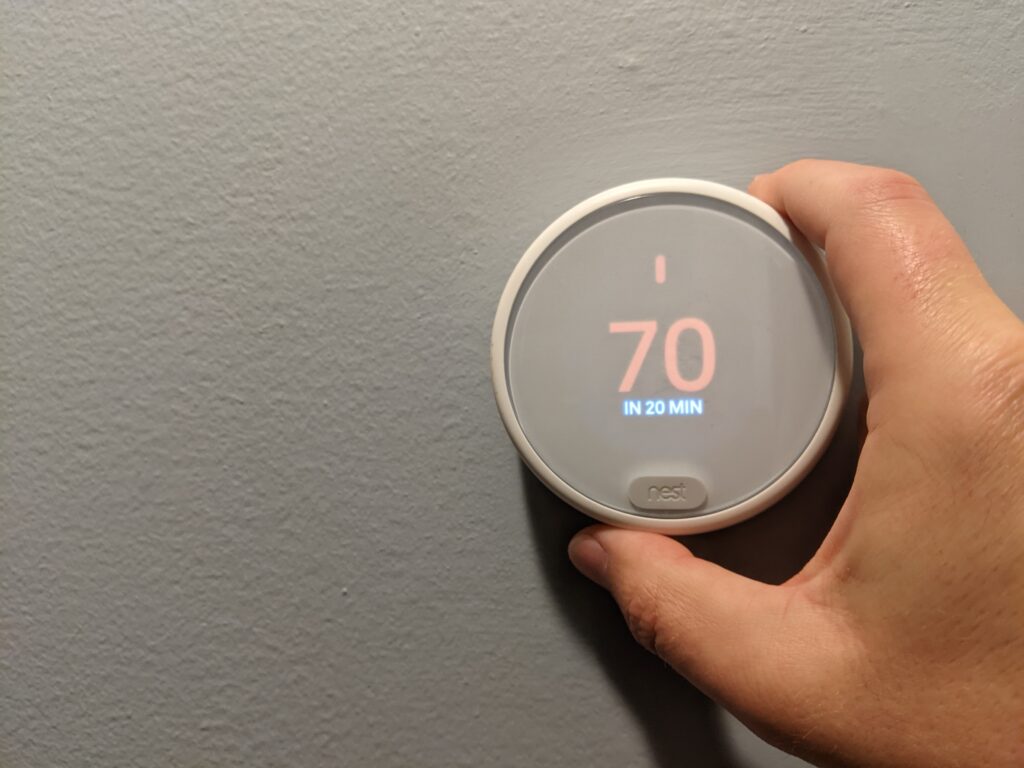I advise every one of my buyers to get a home inspection once we have an offer accepted. It’s an incredibly exciting time for them, and a home inspection is the first step in truly understanding the house. However, once homebuyers turn the keys in the door for the first time, the home inspection is all but forgotten. Here’s how to use your home inspection report after you’ve moved in.

Home Inspection as To-do List
A home inspector is licensed and trained to spot potential problems with your future home. This means, if there’s something on the home inspection report, it needs to be investigated or fixed. Using this perspective, I like to think of the report as a to-do list. If you want a healthy home, start with these items since they stood out to a trained professional.
Breaking Down Your Report
The first thing is to break your report into different categories based on skill: DIY, handyman, contractor, and licensed professional. The first two categories will vary based on your comfort level with each project. These should be smaller projects that you can tackle in a few hours or a weekend. Anything you don’t want to handle yourself, put in the handyman column.
The contractor category is reserved for bigger projects that might not require a license. A couple examples could be replacing windows, installing/repairing fencing, or pouring a concrete parking pad. These projects may require specialized equipment, and while you could tackle them yourself, a local contractor has a team of people who can knock it out.
The last category, licensed professional, is fairly simple. Your home inspection report should already specify if a licensed professional is recommended for a particular item. If they are recommended, that item goes in this category. This typically goes for larger, specialized projects that involve electricity, plumbing, the roof, or the foundation.
Prioritize Your Home Inspection Report
I use the traffic light system to help me prioritize. Items that are either cosmetic or can wait are green. This includes painting, rehanging doors, or patching nail pops and settling cracks (problematic settling cracks should be separately noted, and belong in the immediate priority).
Items that need timely attention are prioritized as yellow. Yard drainage is a great example. You can live with a swampy area for a while, but you’ll want to take care of it sooner than later.
Red prioritization requires immediate attention. These are typically safety concerns, or will help with the overall efficiency of your home. Replacing windows, repairing gutters, and stabilizing a deck all fall into this priority. They all need to be addressed immediately to help your home run efficiently (like the windows) and to be safe and sound.
Budget and Estimate
Now that we’ve got our list in order, we need to know how much things will cost. DIY projects are simply the cost of materials. Any home improvement store will have prices online, and add 10% for contingency – or just because you want that cool new tool.
For projects requiring either a contractor or licensed professional, you’ll need to call around. Get several quotes from local contractors. If you want a trusted recommendation, ask your real estate agent – we work with these vendors all the time.
Add in ~$100 for a diagnostic visit, especially if they have a license in their field. Few companies will send someone to investigate a problem without compensation for their time. You’re paying them for their expertise and knowledge.
Cross Off the List
Time to get to work. We’ve now converted our home inspection report into a task list. The first items to tackle are your red priority tasks, regardless of who takes care of them. If they’re red, make the time and save (or allocate) money towards it. They need to get done.
After those, weigh the pros and cons of your yellow and green priorities. A green handyman project might come before a DIY yellow project if I’m out of town this weekend. Regardless of when they’re complete, make sure they stay on your radar.
The Home Inspection is Your Guide
The home inspection you get while you’re purchasing a home isn’t just for negotiations. It’s a to-do list to help your home function at its best. If you haven’t already, it’s time to dust off that report, prioritize your list, and make your home the best it can be.







Leave a Reply